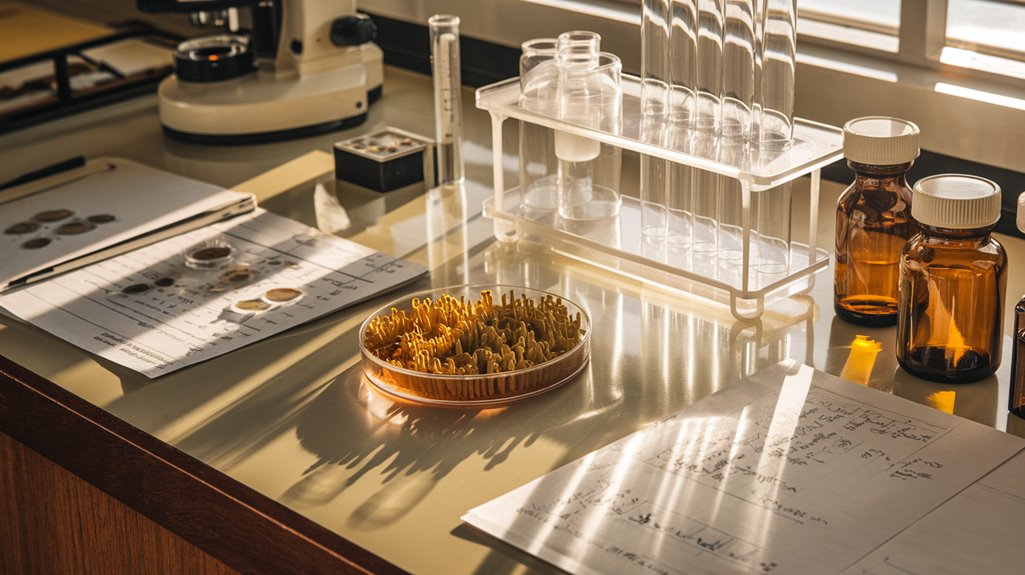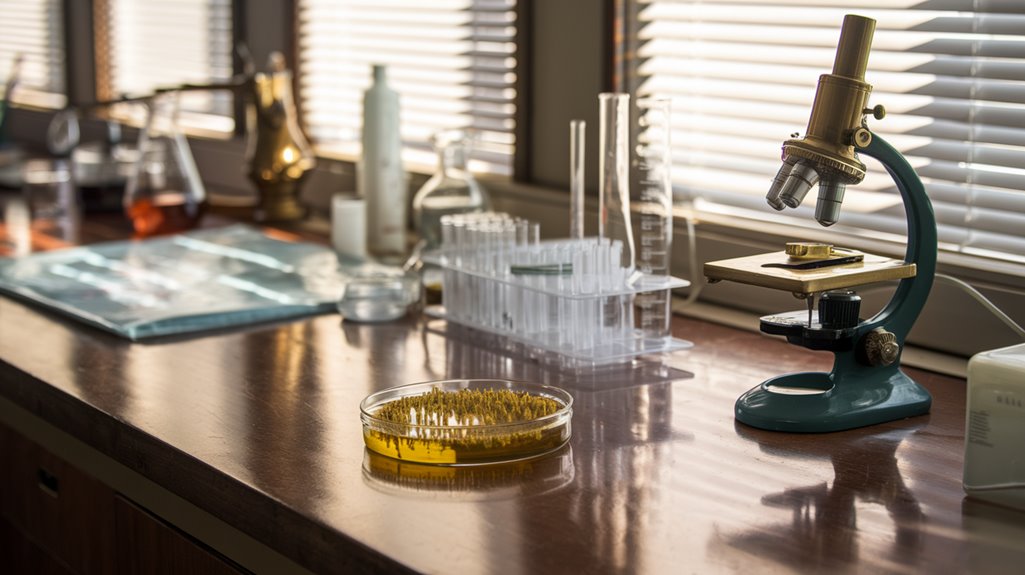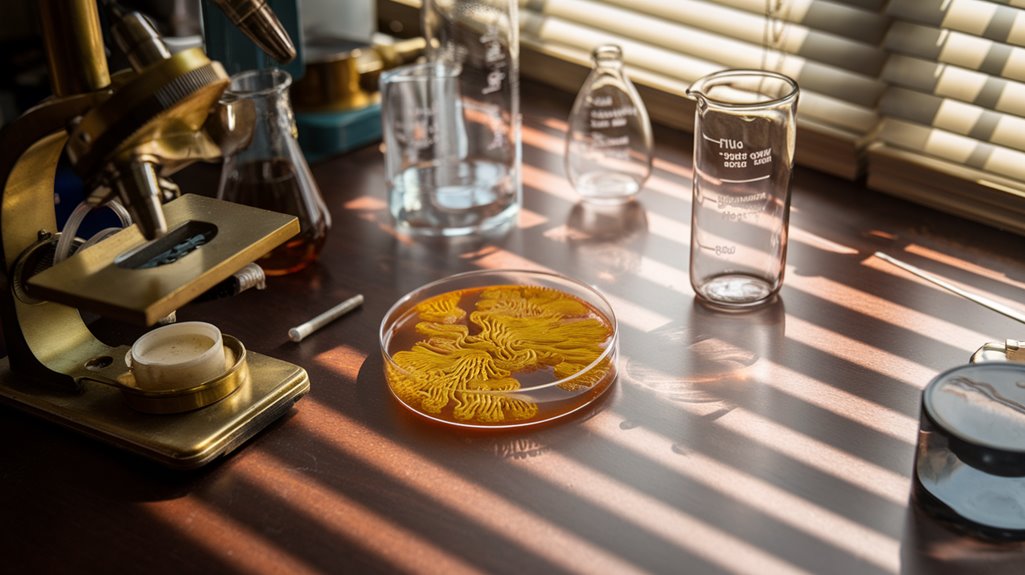Rachel Fuller Brown’s Nystatin: The Moldy Cure That Fought Deadly Fungi
Imagine you've just left the hospital after a severe fungal infection threatened your life in 1947. You'd have few treatment options, and most would be too toxic to use safely. That's the reality patients faced before Rachel Fuller Brown and Elizabeth Lee Hazen's groundbreaking discovery of nystatin. While you might take modern antifungal medications for granted, the story behind this revolutionary drug involves an unlikely partnership, hundreds of soil samples shipped across state lines, and a systematic approach that would transform medicine's ability to fight deadly fungal infections. What's even more intriguing is how this discovery came to impact far more than just human health.
A Discovery Through Distance

While many scientific breakthroughs happen in a single lab, nystatin's discovery emerged from a remarkable long-distance partnership.
In 1948, Elizabeth Lee Hazen and Rachel Fuller Brown began their collaborative innovation through the New York State Department of Health's antifungal project. Working 150 miles apart, they developed a unique system: Hazen cultured soil samples in New York City, while Brown analyzed promising specimens in Albany.
Their scientific perseverance paid off as they tested hundreds of samples, communicating through the U.S. Postal Service. Despite the distance, their trust and shared commitment drove the project forward. The success of their work generated millions in royalties, which they donated entirely to support further scientific research. Their groundbreaking work resulted in isolating the organism Streptomyces noursei.
When a promising culture from garden soil yielded two substances, they focused on developing the less toxic one. This methodical approach ultimately led to nystatin, the first safe human antifungal medication.
From Patent to Worldwide Impact

After the groundbreaking discovery of nystatin, the path to worldwide distribution began with Patent Number 2,797,183 in 1957. The Research Corporation held the patent while E.R. Squibb acquired the rights to conduct clinical trials and produce the drug.
The discovery emerged from a remarkable collaboration between Hazen and Brown's research, with Hazen testing soil organisms while Brown worked on isolating active compounds. They spent months exchanging soil samples by mail between their laboratories in New York City and Albany.
You'll find it fascinating that numerous drug companies received licenses to manufacture and market nystatin under various trade names, including Mycostatin.
The patent acquisition proved revolutionary for both medicine and scientific research. Through smart royalty distribution, over $13 million from nystatin sales went back into academic science via the Brown-Hazen Research Fund.
The drug's impact reached far beyond human medicine – it helped restore flood-damaged artwork, treat Dutch Elm disease in trees, and cure infections in poultry.
Today, nystatin remains a cornerstone treatment for fungal infections worldwide.









